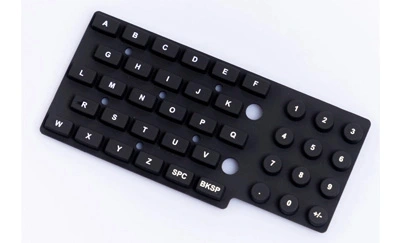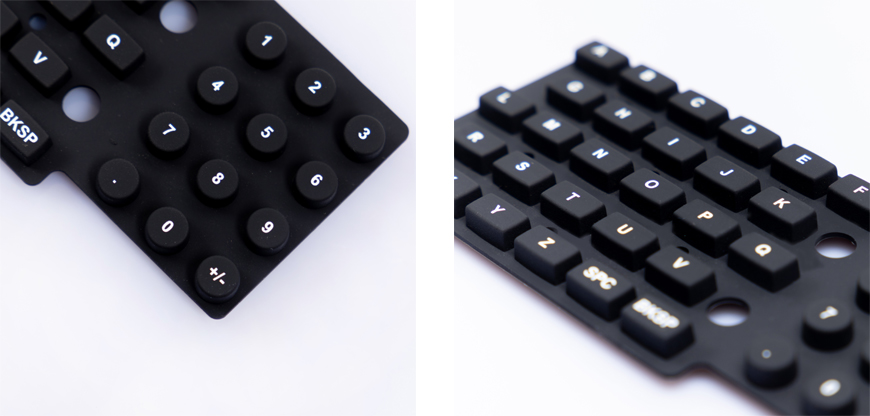
In today's fast-paced world, technology plays a crucial role in our daily lives. From smartphones to kitchen appliances, we rely on various electronic devices, many of which have membrane switches. These switches are sensitive and efficient, but occasionally, they can get stuck, causing inconvenience. In this article, we will explore how to repair a stuck membrane switch, providing you with quick and easy steps to resolve the issue.

Before we dive into the repair process, let's gain a better understanding of what membrane switches are and how they work.
A membrane switch is a low-profile, flexible electronic switch used to control various devices. It consists of multiple layers, including a flexible top layer, a spacer layer, and a bottom layer with conductive traces. When you press a button on the top layer, it makes contact with the conductive traces beneath, completing the circuit and registering the input.
There are several reasons why a membrane switch might get stuck. Here are some common causes:
Accumulated Dirt and Debris
Over time, dust, dirt, and other particles can accumulate around the edges of the membrane switch, preventing proper contact.
Moisture or Spills
Exposure to moisture or spills can damage the membrane switch and cause it to stick.
Wear and Tear
With frequent use, membrane switches such as custom silicone keypads can wear out, leading to sticking issues.

Now that we understand the basics, let's move on to the steps for repairing a stuck membrane switch.
Step 1: Safety First (H3)
Before you begin, ensure that the device is unplugged or turned off to prevent any accidents or electric shocks.
Step 2: Remove the Cover (H3)
Depending on the device, you may need to remove the cover or casing to access the membrane switch. Use a screwdriver or appropriate tools for this.
Step 3: Clean the Membrane Switch (H3)
Carefully clean the membrane switch and the surrounding area using a soft, lint-free cloth or a cotton swab dipped in isopropyl alcohol. Gently remove any dirt or debris that may be causing the sticking.
Step 4: Check for Moisture (H3)
If the switch was exposed to moisture or spills, make sure it is completely dry before reassembling the device.
Step 5: Inspect for Physical Damage (H3)
Examine the membrane switch for any physical damage, such as tears or punctures. If you find any, consider replacing the switch.
Step 6: Reassemble the Device (H3)
Carefully put the device back together, ensuring that all components are in their proper places.
Step 7: Test the Switch (H3)
Plug in or turn on the device and test the membrane switch. It should now function smoothly without sticking.
Can I use any type of cleaning solution to clean the membrane switch?
It's best to use isopropyl alcohol, as it evaporates quickly and won't leave residue behind.
What if the membrane switch is still stuck after cleaning?
If the issue persists, consider seeking professional repair or replacing the switch.
Are there any preventive measures to avoid membrane switch issues?
Keeping your devices clean and avoiding spills can help prolong the life of custom membrane keypads.
Can I repair a membrane switch on a touchscreen device?
Repairing a touchscreen device's membrane switch may require specialized tools and skills, so it's advisable to consult a professional.
Where can I find replacement membrane switches?
Replacement membrane switches can often be found from the device's manufacturer or authorized dealers.